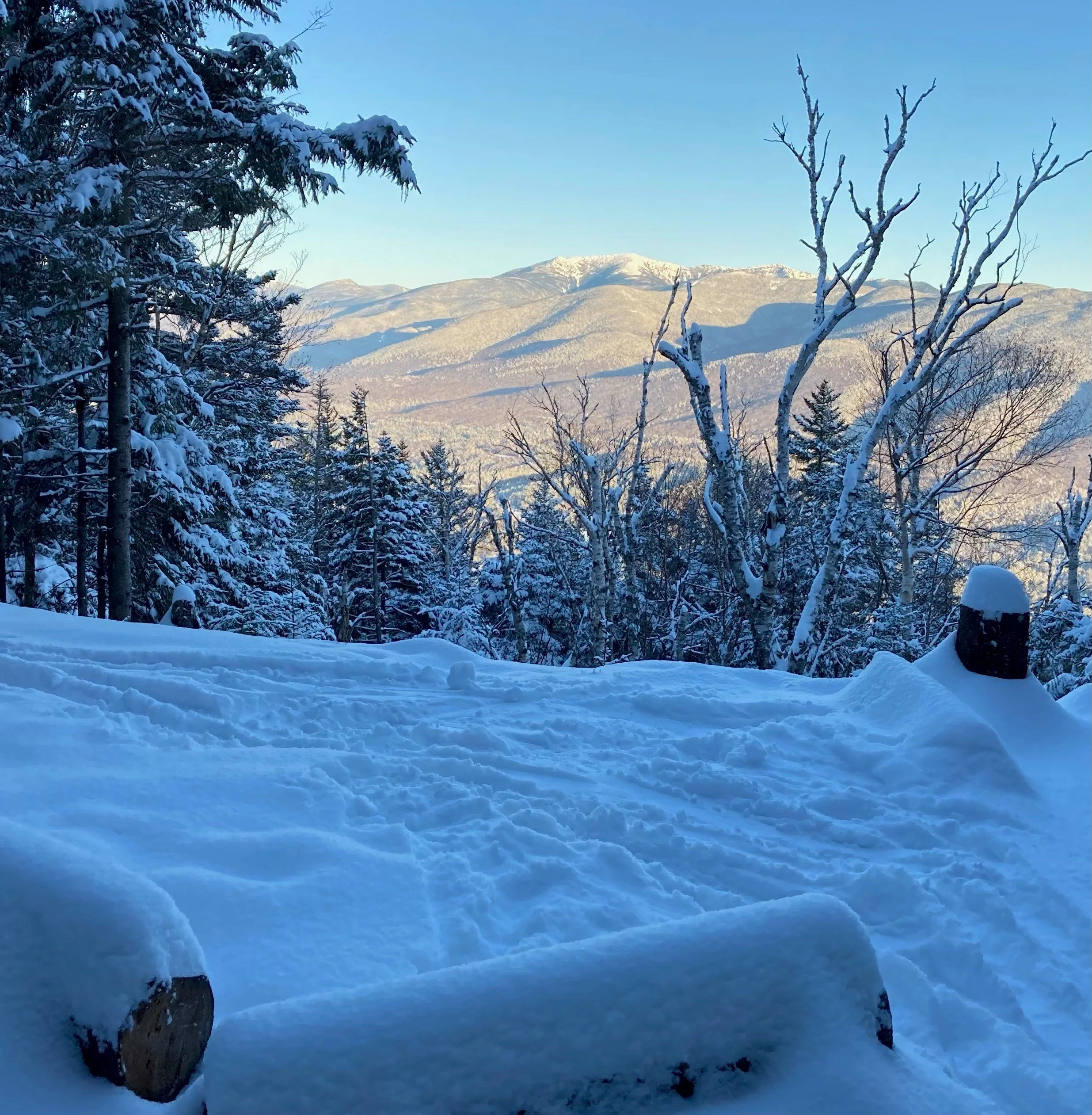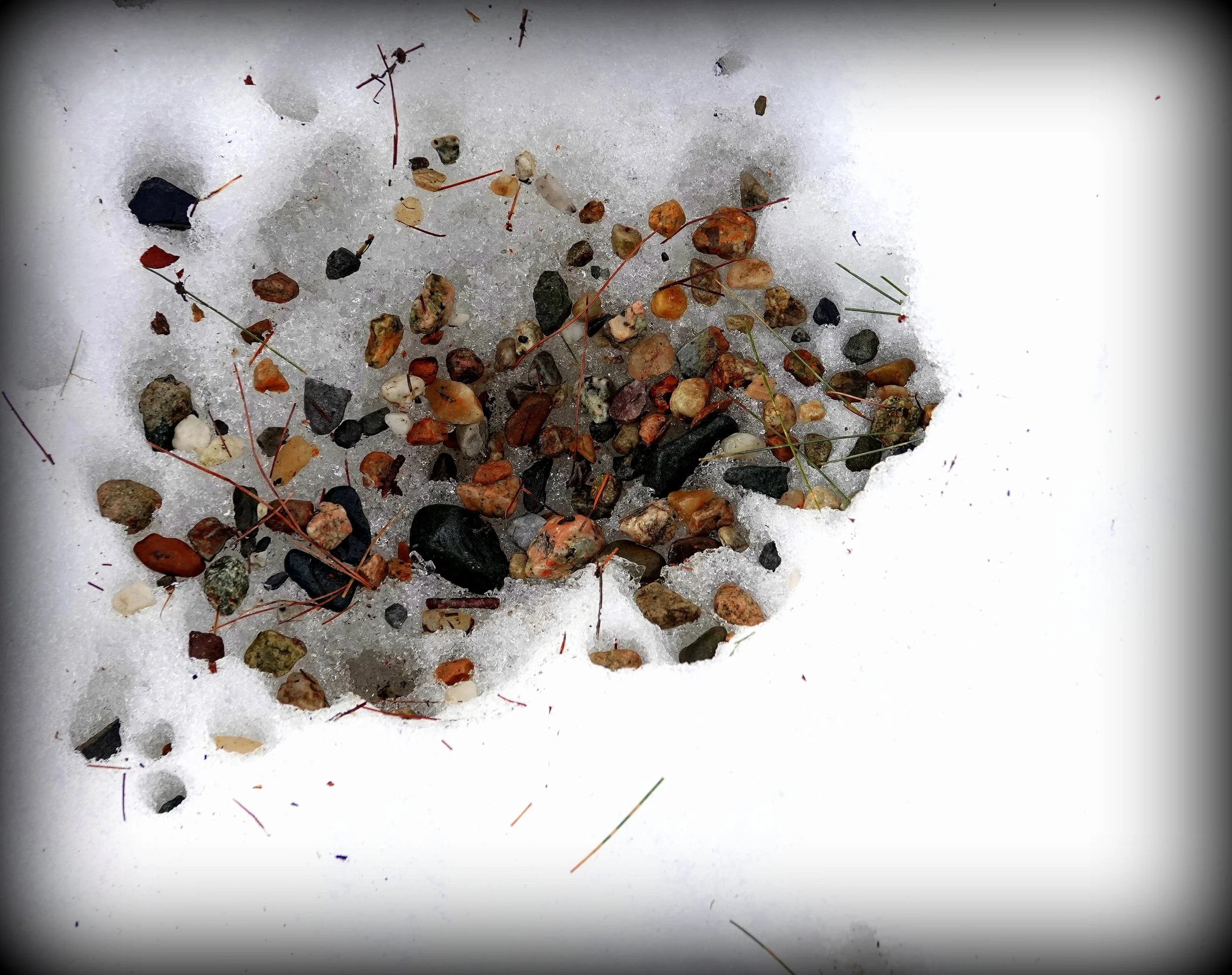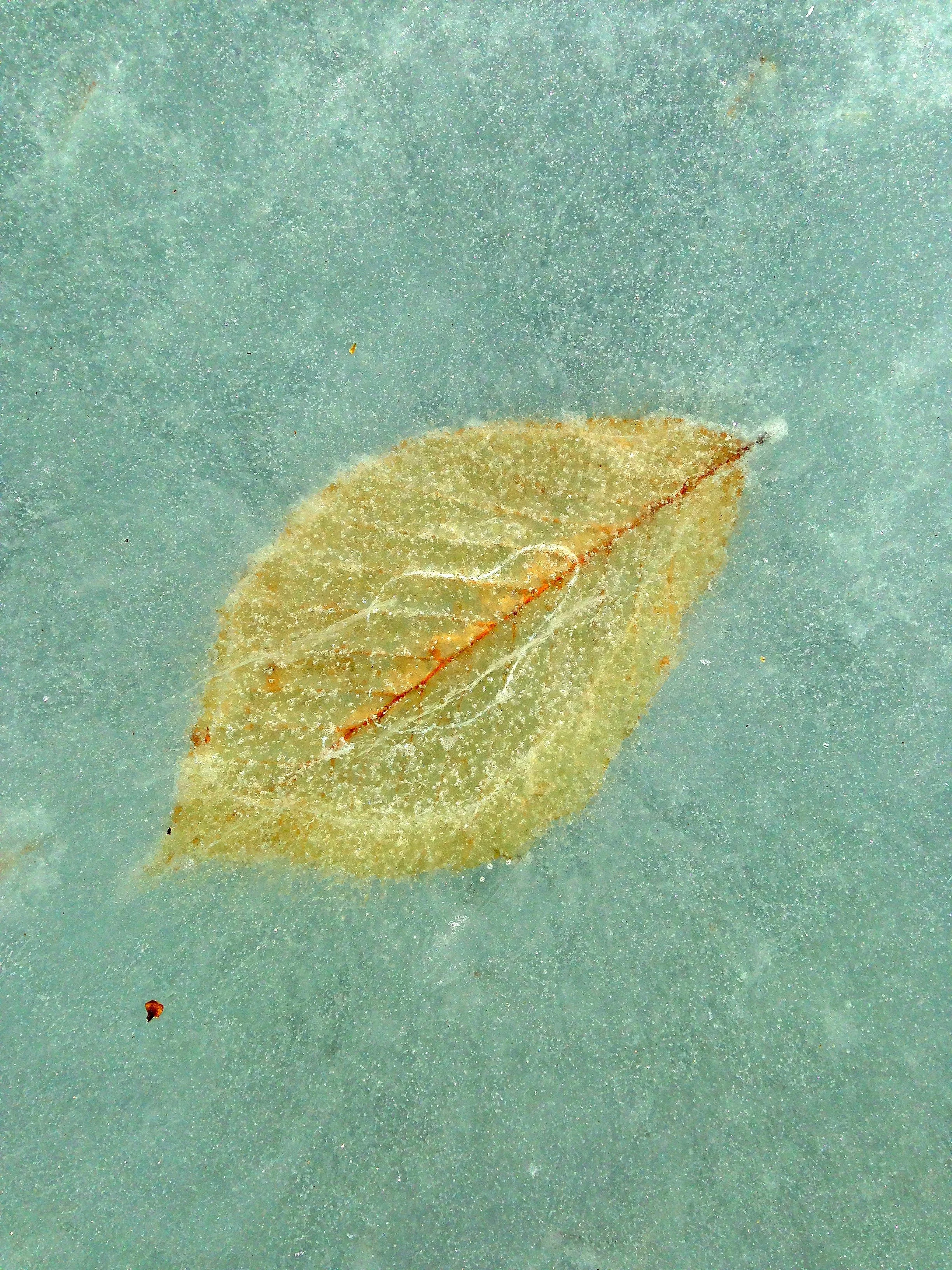
Reflections on Water - Chapter 2 Dialog
Chris Nicodemus & Katrina Meserve
Q. Why are glaciers important to a discussion about local water supply?
Image by Chris Nicodemus at Cooley-Jericho Community forest - ACT conserved property.
A. Multiple reasons, first the glaciers molded our landscape and deposited the till which holds our ground water. The characteristics of the glacial soil at any location determines how the ground filters the ground filters and hopefully cleans our water and stores it so we can tap it with our wells and recharge our bedrock aquifers below. But frozen landscapes are also critical to climate, when the ground is covered in ice as a glacier all year or as snow cover before spring melt, the air above it is chilled remains colder and when warm moist southern air crosses clouds, fog and precipitation are favored.
Q. Why Do glaciers form?
A.When the balance of precipitation and cold relative to warm weather favors net ice formation over the course of an annual cycle, then glaciers will form and expand. In Mountain ranges at high altitude glaciers can form locally as alpine glaciers. Since mountains cause precipitation by pushing moist air up into colder layers of the atmosphere, the colder temperatures and moisture at high altitudes can frequently favor net ice formation season during periods of climate fluctuation. But on continental lowlands glaciers can also form if the balance of conditions favors it. Cloud cover will limit sunlight heating and melting. Areas with warm moist flows riding over snow and ice fields are often foggy and cloudy, and if the sun remains blocked the snowpack is preserved. Dryer locations will be sunnier, and more summer melting can be expected.
Q. Where Do Continental Glaciers Form?
Image by Chris Nicodemus at Cannon Mountain.
A.Over geological time glaciers will form anywhere where conditions favor it. : In our current world, continental glaciers in the northern hemisphere have formed and spread from Scandanavia in Eurasia and from Hudson’s Bay/ Labrador in North America. The existing galcier on Greenland is a continental style that undoubtedly formed a a continuous ice sheet with the North American glacier in the most recent glaciation. Antarctica is a polar land mass surrounded by moist liquid oceans in all directions and has remained frozen for more than 30 million years. Alpine Glaciers exist in the southern Andes of South America, but in more extreme periods of glaciation, those have expanded out across Tierra del Fuego blurring the distinction between what is an alpine and what is a continental glacier. A similar ambiguity may exist is glaciers in Alaska and Pacific Western Canada. It seems the long set of East-West Mountain Ranges that extend from the Alps across the top of the Mideast and the Indian Subcontinent all the way to China may prevent the favorable conditions for the formation of continental glaciers in central and eastern Asia. Tropical moisture is unable to penetrate north and the arid sunbaked plains may always heat enough in the summer to prevent snow and ice accumulation. Permafrost however exists across much of this region in the absence of glaciers. In the extremes of dry cold, the ground itself and the water within it freezes such that the summer heat does not reach through to the deeper warmer subterranean soils below the “frost line”. The combination of water and ice is a buffer.
Relevant to this discussion is the ongoing work of Professor Dorthe Dahl-Jenson (https://en.wikipedia.org/wiki/Dorthe_Dahl-Jensen) who just gave the New England Aquarium Lowell Lecture Series presentation October 23. She is a Danish researcher who has spent decades studying the Greenland Ice sheet in an international collaboration using a portable ice station to take continuous core samples of the more than mile-thick ice. Her research team preserves and studies core sections to derive insights from the layered record of accumulating ice. Accumulating snow settles and compresses year to year and overtime slowly finding deeper and deeper in the ice layer. The deeper one goes the thinner the bands because of compression. On Greenland, the full depth of the glacier covers a 100,000-year record. Her team was uncertain what they would find at the bottom of a full core with a mile of ice above and worried about the tremendous shear pressures on the bottom where the glacier is continuously moving outward. At the bottom they found mud and water. The ground is insulated by the glacier above, heated by the Earth’s core below very slowly liquifies the ice at the ground interface. Interestingly, the dryer and colder conditions in Antarctica produce an ice sheet that has one million years of ice preserved. The characteristics and movements of the Antarctic ice differs from the warmer Greenland glacier and these differences are the subject of ongoing discovery research.
Q. Why do you say water and ice is a buffer?
A. Our next Reflections chapter will focus on “sensible weather” and how the interaction between ocean, atmosphere and our landscape influences our weather. Following that we will look at the many ways that water buffers the environment to favor sustainable habits and the natural biological world as we know it.
Photo by EP Chow - gravel and berries heated by the sun melting snow.
Photo by EP Chow - solar heat imprinting leaves in the ice.




